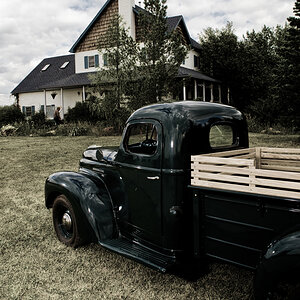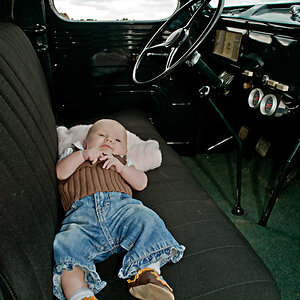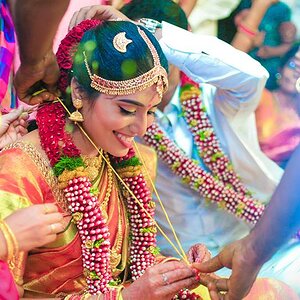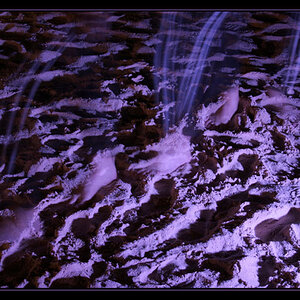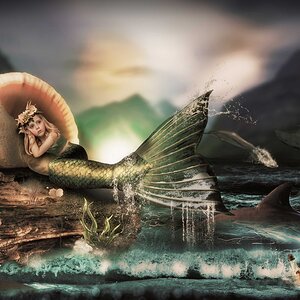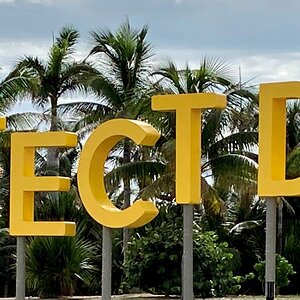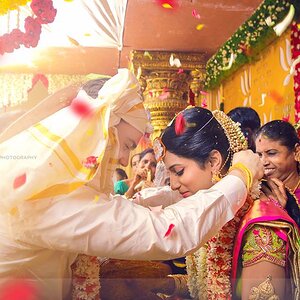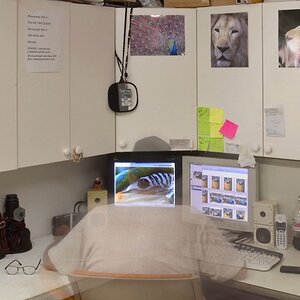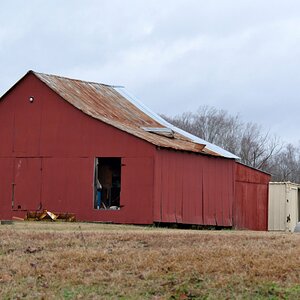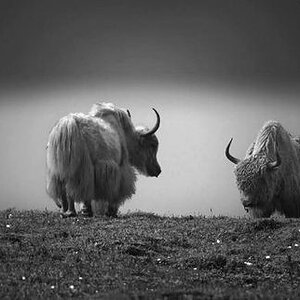WayneF
No longer a newbie, moving up!
- Joined
- Oct 11, 2013
- Messages
- 622
- Reaction score
- 114
- Location
- Texas
- Website
- www.scantips.com
- Can others edit my Photos
- Photos OK to edit
A watt is 1 joule of energy emitted over a period of 1 second.
Yes.
Unfortunately a watt-second technically also means 1 joule of energy emitted over 1 second.
No, a watt second means 1 joule, period. Read your own link. Unfortunately you added too many per seconds.
But the point to be considered in a lighting forum is that a continuous light array (lets say several CFL bulbs, since they have similar efficiency as flash)...
of say 500 watts power, used with a 1/100 second exposure,
is 500 watts x 1/100 second = 5 watt seconds (available behind the shutter)
Which is nothing compared to a 75 watt second speedlight, or a 300 watt second studio light.




